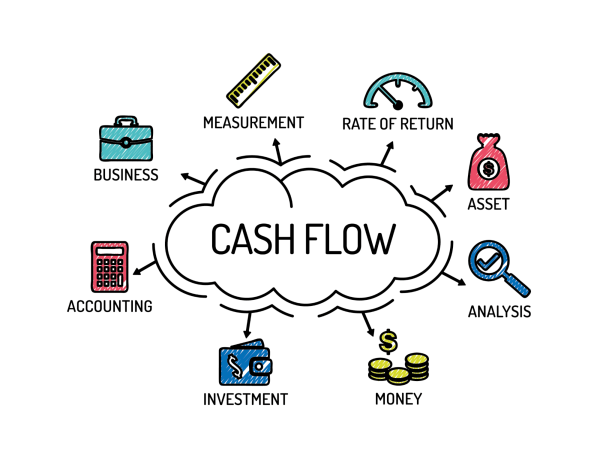If you have ever heard the expression “cash is king,” it’s because it is, for now at least. Bitcoin and other cryptocurrencies have been taking off recently, but cash still rules the roost for now. As one of your organization’s top resources, it’s essential that cash is well managed, which includes understanding the timing of your cash flows, the activities that impact cash flow, and what to consider in times of cash shortages or cash surpluses.
Understanding Cash Flows
For nonprofit organizations, many situations impact the timing of cash flow–for instance, the timing of when donations and grants are received. Nonprofits often receive reimbursable grants for which expenditures need to be incurred before grant proceeds are paid out. You might have a few large fundraising activities during the year where most of your operating revenue is generated. Understanding when these cash inflows occur is the first step in evaluating your current cash management strategy.
Another thing to consider is that the statement of activities, which displays your revenues and expenses, is not always the best indication of your liquidity, which adds to the health of your organization. There are many cash-related activities that are not reflected on this statement. For instance, your principal payments on debt and purchases of fixed assets are not reflected on this statement, and for some, those payments could represent a large chunk of cash.
Managing Cash Flows
Cash flow issues are best addressed by going through a process to fully understand the transactions that impact cash. Since cash flow is not an annual number that you can simply divide by twelve to get a monthly budget, the most effective way to manage cash flow is to prepare a cash flow projection covering all twelve months. Most organizations choose to do this in Excel; however, multiple software providers can simplify the process for you.
When developing your cash projections, base your projections on realistic budget assumptions; it’s better to overbudget your cash needs rather than underbudget. You should also exclude grants and other funds that are restricted to a future time period or have a purpose restriction attached to them that isn’t included in your operating budget. Be conservative when it comes to budgeting for contributions; just because you received a large estate gift in the prior year doesn’t mean that you can expect the same in the coming year.
Evaluating Cash Positions
After developing your cash flow projection, you might notice areas where you are falling short or experiencing a surplus of cash. It’s normally a good idea to have a line of credit established in times of cash shortages, especially if you know that there will be times when cash flow is tight. Or you can think of some additional fundraisers during that time to help offset your projected cash shortage. If you have excess cash, you may want to have a discussion with your board to determine if an investment policy should be adopted to put that extra cash to work, or you may want to consider setting some aside as board designated cash for future use. Another option is to pay debt at a faster rate to avoid interest expense.
What Next?
Take the time to understand the timing of your cash inflows and outflows, create a 12-month cash flow projection, and develop a plan for managing cash in times of shortages and surpluses. By doing so, you can ensure that your organization remains strong, your mission is being carried out, and donor confidence remains high. If you would like assistance in developing a cash management system or just want some additional guidance, please don’t hesitate to contact our team members at Forge Financial and Management Consulting.
ABOUT THE AUTHOR
Dan Montgomery
Relevant Posts
Learn What Your Business Needs Most to Unlock Faster Growth
Your business relies on four key areas, or centers of intelligence, to thrive. Take the free Business Intelligence Grader to see how you score across financial, leadership, productivity, and human intelligence and learn where to focus to drive greater results.
Your business relies on four key areas, or centers of intelligence, to thrive. Take the free Business Intelligence Grader to see how you score across financial, leadership, productivity, and human intelligence and learn where to focus to drive greater results.




